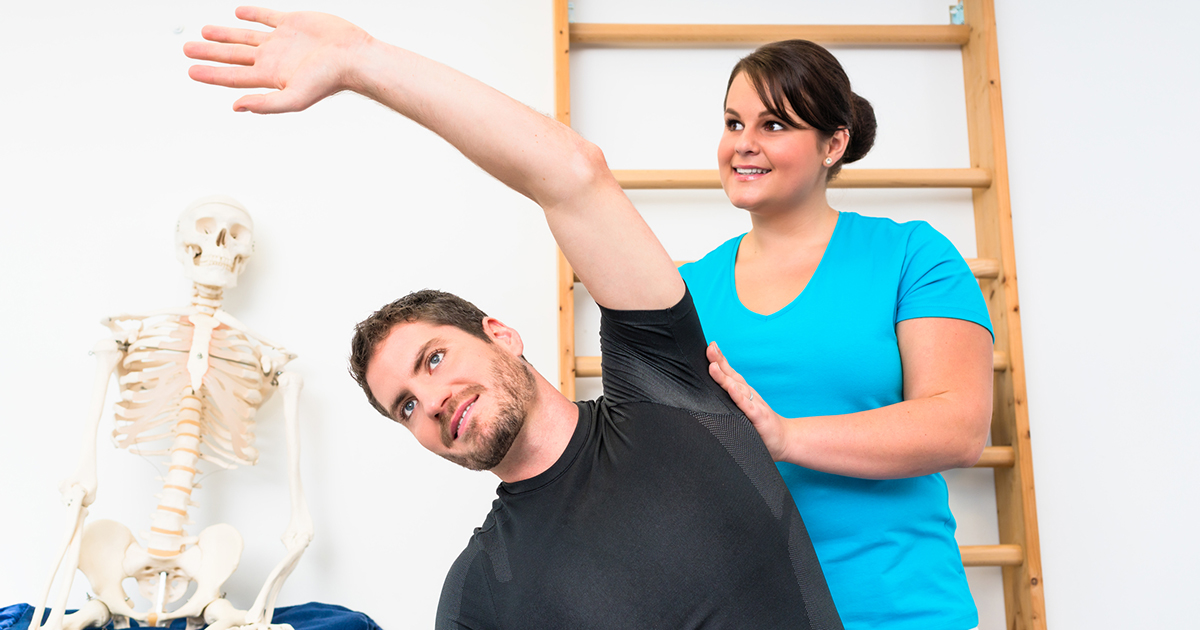How To Treat Overtraining
Overtraining refers to overall physical fatigue and pain associated with physical training that exceeds the body's ability to recover. Athletes training for specific events are most prone to overtraining, often developing overtraining syndrome, especially those who train under the belief that training beyond their maximum efficiency will help them perform better in the long run. Improvement, however, relies not only on an individual's dedication to improving their physical stamina and capabilities but also on the body's ability to rest and recover during downtime. Without the ability to heal, the body begins to exhibit signs of overtraining, which if not treated properly, can result in a decrease in performance and possible injury. Learn how to treat cases of overtraining now.
Rest The Body Completely

The primary treatment for individuals experiencing the negative consequences of overtraining is to rest the body completely. The number of days and type of rest needed will depend on how long overtraining has occurred. Individuals who have engaged in an overtraining regimen that has taken place over a period of four weeks or less should rest for about five days on average. During the rest period, the individuals should not engage in any training. Light physical exercises, such as walking or swimming is ok, but anything that would cause significant strain to the muscles or joints is discouraged. After the five day period of rest, individuals should ease back into training at the lowest level and increase the intensity over several weeks until the maximum training level is once again reached. It is also recommended that once an individual begins training again, they should engage in the on-off technique, which involves one day of training followed by one day of rest.
Keep reading to reveal another method of treating overtraining.
Acupuncture

Acupuncture can provide great relief and speed up the body's recovery process. This treatment originated in ancient China and involves pricking certain areas of the body with needles. Studies indicate acupuncture increases the flow of blood and oxygen to damaged and fatigued areas of the body, which results in decreased inflammation, muscle spasms, and cramps, as well as increased range of motion and pain management. Those who would like to use this technique to help in treating the negative consequences of overtraining should seek out an acupuncturist who specializes in sports medicine and treating athletes.
Get to know the next treatment method of overtraining now.
Eat Healthily

Eating healthy is a key part of any training regimen, and it is especially important for individuals who have developed overtraining syndrome. The body requires certain vitamins and nutrients to not only heal itself but to also perform at its peak levels once it heals. Individuals suffering from overtraining and the stress it puts on the body are encouraged to avoid processed foods and instead consume large quantities of vegetables and fruits. Intake of healthy fats, such as the fats found in almonds and salmon, is encouraged as well, and research indicates the consumption of a higher healthy fat diet may assist in the body's ability to re-stabilize its hormone system. Protein is also a critical component, as it helps the muscles recover and gain strength.
Reveal the next method of treating overtraining syndrome and its negative consequences now.
Cross Train

Cross training is a great way to treat overtraining syndrome. When an individual engages in different training methods, their goal is to maintain their fitness baseline while not overextending their body to the point of fatigue and injury. For example, if an individual is a runner or cycler, they could incorporate other training methods such as yoga or light weight-lifting, which work different areas of the body, into their training schedule. This way the individual is still keeping their body in top physical condition, without continuously overexerting the same areas of their body. Cross training lowers an individual's risk of injury and keeps the body stimulated. Furthermore, not only does it help an individual recover from overtraining, but it also helps prevent overtraining from occurring again.
It's time to get the details on the next way in which overtraining can be treated effectively.
Massage And Stretching

Massage and stretching also help treat the symptoms of overtraining syndrome. Research indicates massage reduces the production of compounds which cause inflammation, called cytokines, increases the production of mitochondria, which aids in the conversion of sugar into energy, and improves cell recovery. Massage can be done with the assistance of a professional masseuse, a friend or family member, or individuals can engage in self-massage. Foam rollers are great aids for those who plan to self-massage. Stretching increases blood flow to damaged muscles and increases flexibility and range of motion. Engaging in ten to fifteen minutes of stretching per day is advisable. Yoga is a great way to engage in stretching while also increasing physical stamina.
